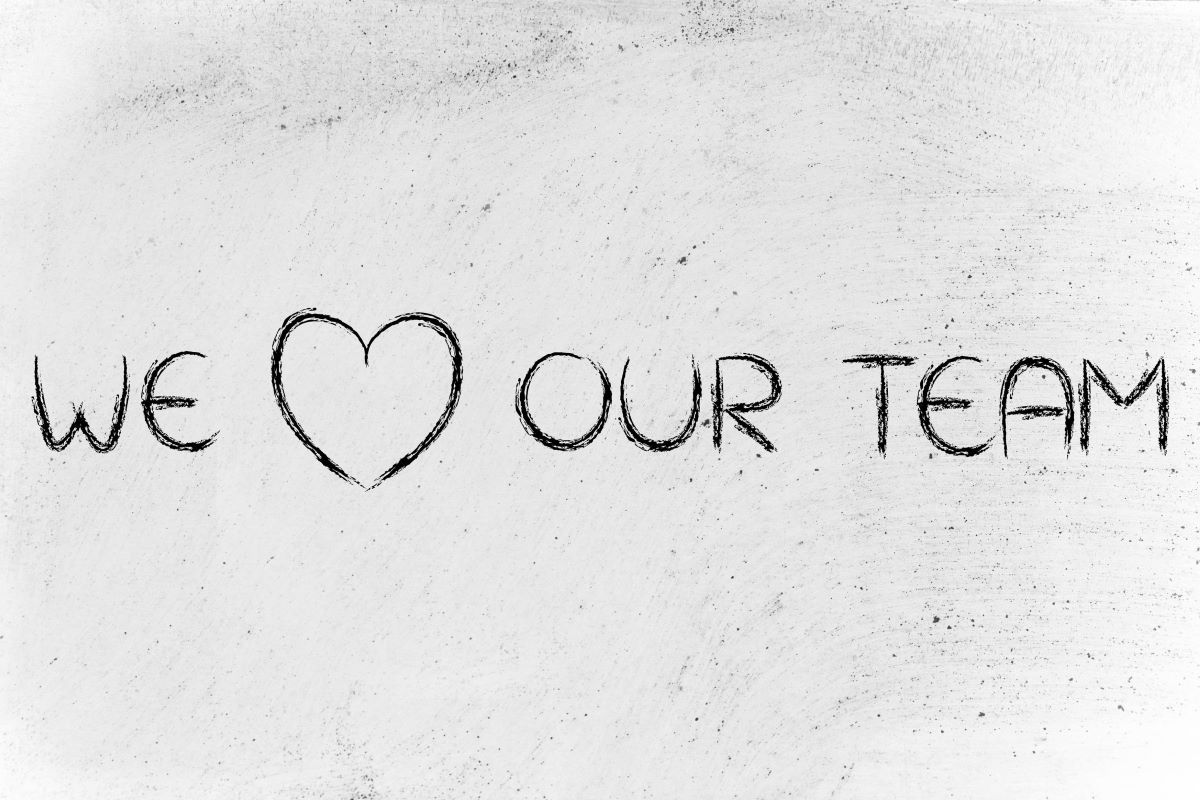How to create a data-driven employee recognition program to retain your best employees
A step-by-step guide to recognize employee efforts based on clear, indisputable evidence.

Employee recognition can be a double-edged sword.
If awards seem arbitrary or based on favoritism, those who aren’t recognized can become discouraged and disillusioned.
Utilizing data and objective metrics for employee recognition removes bias. In fact, recognition grounded in data is an effective catalyst for better performance across the whole team.
[RELATED: Get internal email benchmarks for 10 industry sectors. ]
Evidence-based employee recognition programs are essential now that many employees are working from home. Here is how you can create an employee recognition system based on clear, indisputable evidence.
What outcomes are you trying to improve?
Charlie Munger once said, “Show me the incentives and I will show you the outcome.”
Your first step is to define the performance metrics that matter, which should be tied to the outcomes you’re looking to improve.
If you’re trying to improve customer satisfaction goals, the metrics should be closely aligned with a customer satisfaction metric like Net Promoter Score (NPS).
There are several factors to consider:
- What metrics correlate most closely with corporate goals? For example, do the sales team members who make the most calls also close the most deals? Do those who complete the most deals acquire the most profitable clients? It’s worth taking the time to match performance metrics to results. That will ensure you incentivize employees in the direction that adds the most value to the enterprise.
- Which metrics have large datasets? You might want to start with the data your company already collects, understand how metrics are calculated, and make sure they are measured objectively.
- How does the performance metric sync with your timeframe? You might follow different metrics for monthly, quarterly, or annual employee recognition. We found that goals tracked quarterly seem to inspire employees since they are typically smaller goals that seem more attainable.
Have you found your data sources?
To refine an employee recognition program, it’s essential to have your ducks in a row, and those ducks are your metrics and the data that drive them.
There might be an industry-standard performance metric, or your managers and executives might devise one that makes sense, but if you don’t have the data or a system to collect it, those will have to be tabled until you do.
Reliable, objective information is the foundation of an analytical employee recognition program.
Next, standardize your reporting format, which could be as simple as a shared spreadsheet or as complex as a real-time dashboard. Determine how, and how often, you’ll share progress reports with the employees. Remember to include explanations of where the data comes from and how your metrics are calculated. Include comparisons, whenever possible, to historic performance and a company average.
Figure out which aspects of data gathering and analysis can be automated and which will need recurring staff time. Consistency and follow-through make for a successful employee recognition program.
Are employees aligned with company objectives?
The more specific the objectives, and the more transparent the measures, the more an employee will feel inspired and in control of reaching those attainable goals.
It’s important for employees to understand how and where they fit into the company’s objectives. Often these are financial, so connecting someone’s operational roles with the financial impact on the business will be important communications to write.
Realize that all such performance metrics are unlikely to be universal or static. They will vary by role, of course, and some of those will vary by region and locale. Your plant in Raleigh, North Carolina, operates differently from your Los Angeles office.
The big idea behind evidence-based recognition is for both the employee and the company to know when they are doing a good job and making a valuable contribution, and when they might be disengaged or misdirected.
Evidence-based employee recognition is a cost-effective way to enhance performance
Recognition doesn’t have to cost a lot. Often, recognition is a reward in itself, as is its contribution to positive reviews, raises and promotions. For some positions, exceeding performance benchmarks would yield a cash performance bonus.
Only recognizing employees during annual reviews limits the loyalty and motivation effects they can have.
Fortunately, when you base recognition programs on data, it’s easy to increase your feedback frequency. One successful strategy is a sequenced program with monthly appreciation announcements for employees with on-track performance metrics, typically in meetings and via email. This is followed by quarterly reports, with more formal recognition both within the team and up the management hierarchy. These are then compiled to make annual performance reviews and bonuses.
Employee recognition is one of the best ways to motivate your team and retain valuable employees. People are more likely to stay on the job and stay engaged when they understand how they are evaluated and know their hard work is appreciated. The resources you invest in data and analytics to measure and reward employee performance may yield the highest operational returns.
Michael DesRochers is the CEO of PoliteMail, an email intelligence platform for Outlook. This article is in partnership with PoliteMail.






